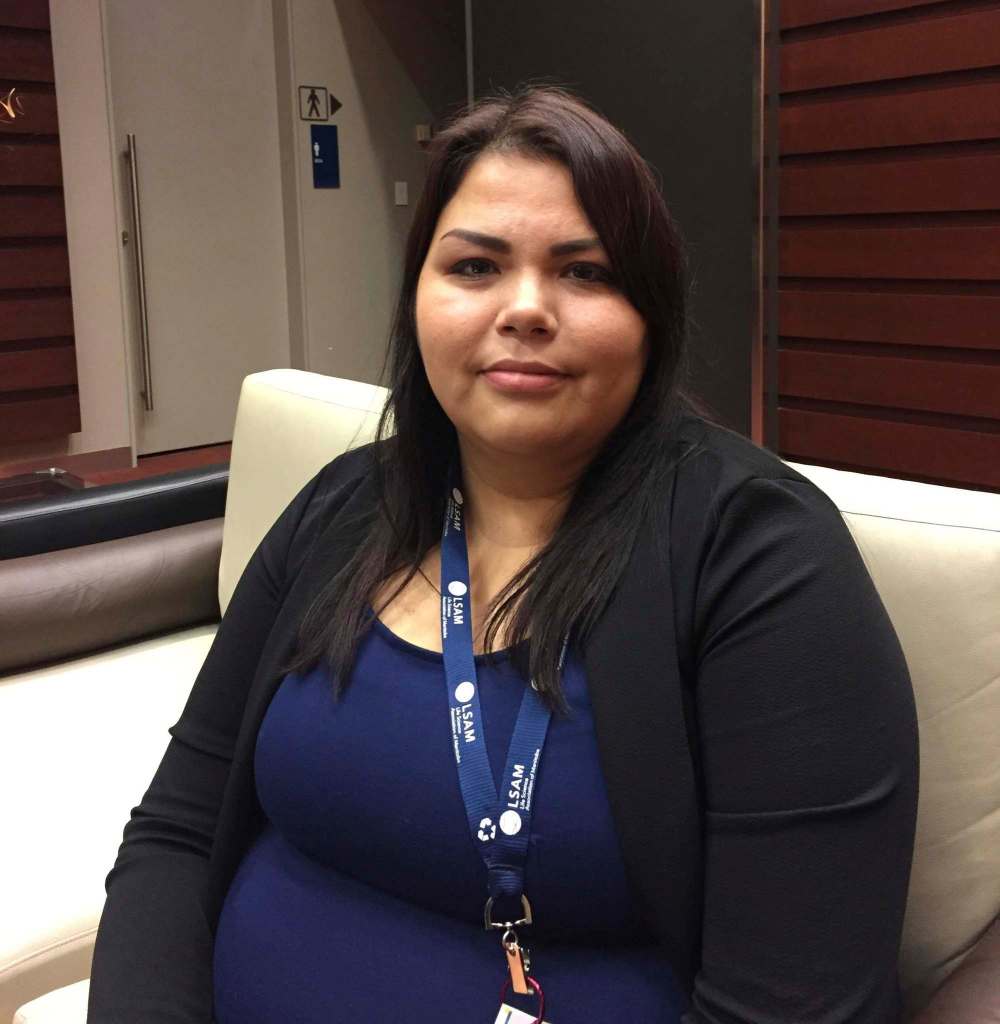Samaritans sowed the seeds of farming breakthrough
Advertisement
Read this article for free:
or
Already have an account? Log in here »
To continue reading, please subscribe:
Monthly Digital Subscription
$0 for the first 4 weeks*
- Enjoy unlimited reading on winnipegfreepress.com
- Read the E-Edition, our digital replica newspaper
- Access News Break, our award-winning app
- Play interactive puzzles
*No charge for 4 weeks then price increases to the regular rate of $19.00 plus GST every four weeks. Offer available to new and qualified returning subscribers only. Cancel any time.
Monthly Digital Subscription
$4.75/week*
- Enjoy unlimited reading on winnipegfreepress.com
- Read the E-Edition, our digital replica newspaper
- Access News Break, our award-winning app
- Play interactive puzzles
*Billed as $19 plus GST every four weeks. Cancel any time.
To continue reading, please subscribe:
Add Free Press access to your Brandon Sun subscription for only an additional
$1 for the first 4 weeks*
*Your next subscription payment will increase by $1.00 and you will be charged $16.99 plus GST for four weeks. After four weeks, your payment will increase to $23.99 plus GST every four weeks.
Read unlimited articles for free today:
or
Already have an account? Log in here »
Hey there, time traveller!
This article was published 30/09/2017 (2987 days ago), so information in it may no longer be current.
A few years ago, a group of hunters from the Opaskwayak Cree Nation (OCN) near The Pas did the neighbourly thing and rescued a Hydro survey crew they found stuck in the mud.
They had no way of knowing their good deed would set in motion a series of events that now puts fresh vegetables on their tables all year round.
Or that it would open the door to resolving one of the critical issues facing Northern communities: how to combat high rates of food insecurity and chronic disease related to malnutrition.

That survey crew was from South Korea, which is one of the world’s leaders in vertical farming technology.
It connected the OCN with vertical farming researchers and commercialization specialists who brought Manitoba’s first ‘smart’ vertical farm into production in the community in early 2016.
The plant factory uses LED lights and a controlled indoor environment to produce nutrient-dense vegetable crops in half the time it would take using outdoor gardens.
And this indoor farm, occupying 1,000 square feet, operates year round.
Plant manager Stephanie Cook told delegates attending the Agricultural Bioscience International Conference (ABIC) in Winnipeg this week the project emerged from local leadership’s recognition that eating habits in the community of 5,000 must change.
A community health assessment showed 49 per cent of the population suffered from Type 2 diabetes and many suffered compromised health and shortened lifespans due to diet-related disease.
“The numbers were quite staggering,” Cook said. “The leadership had to start thinking outside the box.”
The traditional diet in the community consists of meat, fish and potatoes. Vegetables are difficult to grow in the north and they are expensive to import from the south.
Having fresh produce available locally is having a profound effect on how people eat. Children in daycares and schools are being exposed to different vegetables early in life.
A culinary arts program offered by the community is teaching adults how to store and prepare vegetables such as kale and cauliflower at home.
“A lot of families have never heard of some of these vegetables,” she said, noting she’d never tasted kohlrabi until the vertical farm went into production.
It is also having a social impact. “There has been a lot of collaboration and working together with different parts of our community,” she said.
Chu Won Nho, who works on vertical farming systems at the Korea Institute of Science and Technology, told the conference vertical farms use less water, produce less waste, use no pesticides, reduce the cost of transportation, and produce foods that are more nutritious because they are fresher.
The OCN project is applying for joint funding from the Korean and Canadian governments to study how the project performs and to explore its potential for improving northern nutrition.
University of Manitoba nutrition researcher Miyoung Suh, who is studying the nutritional impacts, said northern residents in Canada suffer more from chronic disease than their fellow Canadians, and have much higher rates of food insecurity. They also have a shorter life expectancy.
“When we live under the same sky in Canada, why are the ages so different?” she said.
The OCN smart farm is seen as a template that could be used in other remote regions to dramatically boost the quality, quantity and affordability of nutritious food.
The presentation offered ABIC delegates a tangible example of the role better nutrition must play in achieving global food security.
Keynote speaker Catherine Bertini, formerly the executive director of the UN’s World Food Program, said non-communicable diseases, most of which are related to diet, are now the leading cause of death for adults worldwide. Governments have ministries of health and for agriculture. “But where is the focal point for nutrition? Bureaucratically it is often forgotten.”
“Nobody ever claims responsibility for working on it, and it’s critically important. The more we can raise it in policy circles, the better.”
Laura Rance is editorial director for Glacier FarmMedia. She can be reached at 204-792-4382 or laura@fbcpublishing.com.

Laura Rance is editorial director at Farm Business Communications.
Our newsroom depends on a growing audience of readers to power our journalism. If you are not a paid reader, please consider becoming a subscriber.
Our newsroom depends on its audience of readers to power our journalism. Thank you for your support.
History
Updated on Saturday, September 30, 2017 11:35 AM CDT: Photo fixed.

